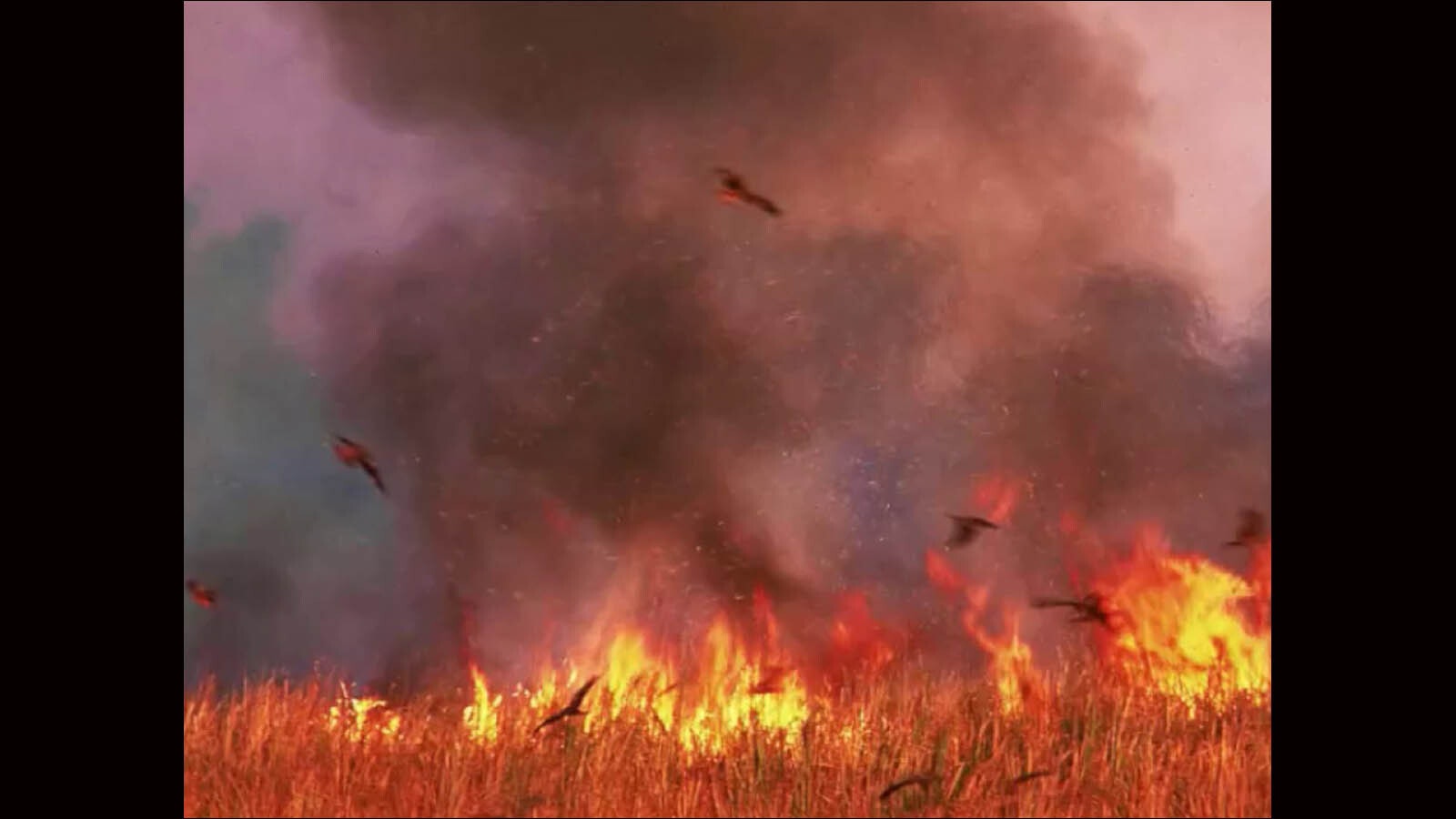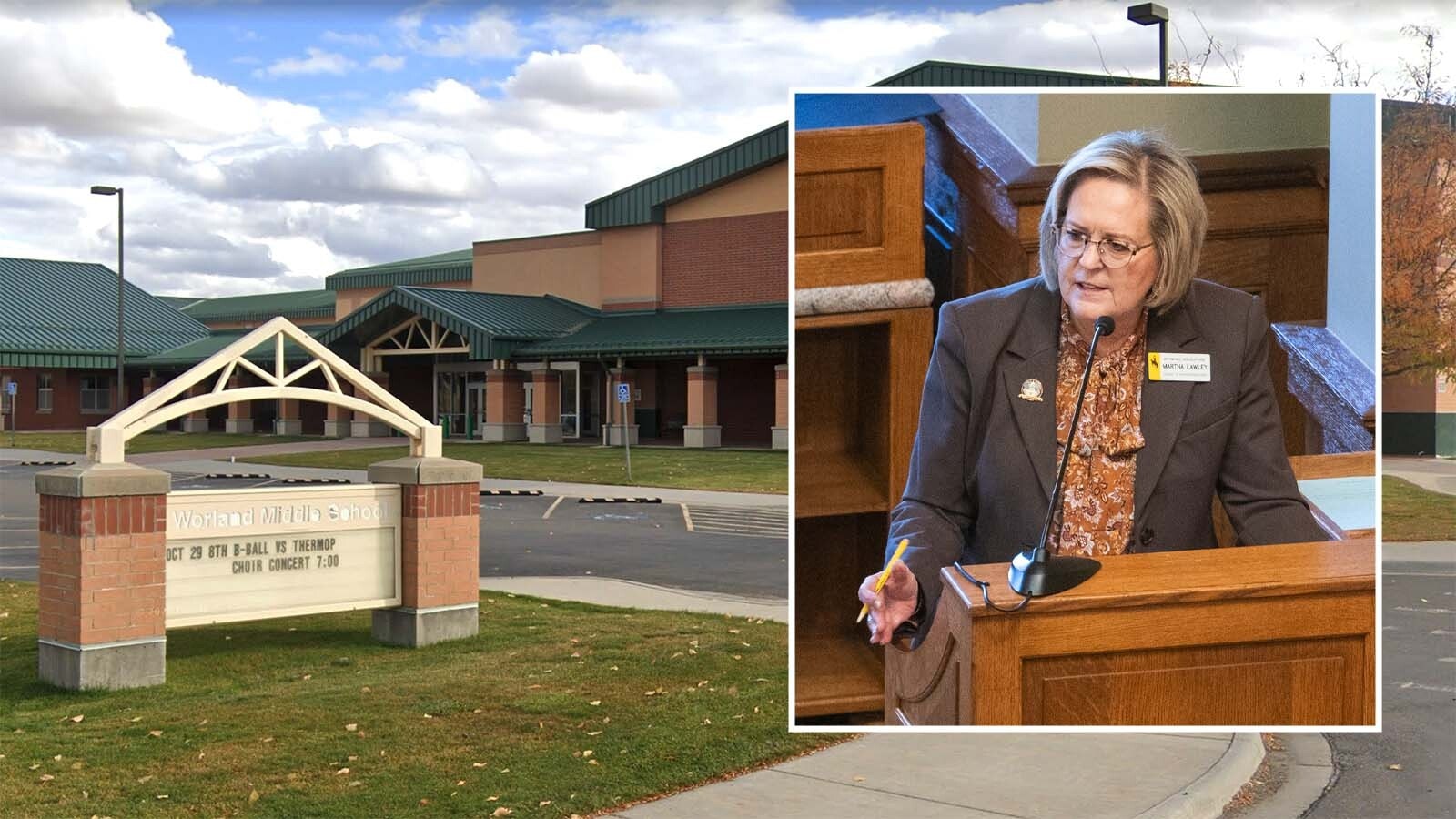A University of Wyoming professor and some fellow researchers have discovered that extensive and severe wildfires and the smoke they generated led to mass deaths of various types of birds last summer.
The wildfires during the 2020 fire season led to bird deaths in 12 Western, according to the university. At the same time, snowstorms in the late summer also may have affected bird migration by cutting off the birds’ food supply and prompting migration before the birds were physiologically ready to make the trip.
Di Yang, an assistant professor in the Wyoming Geographic Information Science Center, headed a research group that investigated the environmental causes of massive bird die-offs by combining sociological data with observations of citizen scientists.
“Migratory die-off events in the western U.S. are significantly related to smoke and toxic gases released from wildfires, combining with the heavy snowstorms in some areas (as determined) by using a series of satellite images,” Yang said. “More importantly, citizens played an important role in observing this massive die-off event and provided invaluable data to iNaturalist, which is a citizen science platform.”
Yang is lead author of the research paper “Unprecedented Migratory Bird Die-Off: A Citizen-Based Analysis on the Spatiotemporal Patterns of Mass Mortality Events in the Western United States,” that was published in the April issue of GeoHealth. Other contributors to the paper were from Colorado State University, the University of Georgia, Oregon State University and the University of Wisconsin-Madison.
The study investigated bird migration and survival and how they were influenced by global climate change, natural disasters and ecological disturbance. The study covered Arizona, California, Colorado, Idaho, Montana, Nevada, New Mexico, Oregon, Texas, Utah, Washington and Wyoming.
The American robin, barn swallows, flycatchers, mountain bluebirds and Wilson’s warblers were the bird species hit the hardest by the die-offs, based on the death numbers reported.
In Wyoming, during August and September, more birds were found in urban and forested areas compared with other types of lands. The researchers also found that the more cropland cover there was in an area, the more dead birds were found.
Overall, the study’s findings suggested that air quality and distance to wildfires were two major factors that caused the high bird mortality rates. Fewer bird deaths occurred closer to the wildfires, except during mid-August to mid-September in California.
Birds have evolved to cope with fires and adjust migration pathways, Yang said. However, due to the lack of forest management practices, such as prescribed burning and removing some standing dead trees, the wildfires burned far hotter and grew much larger than usual, which made it difficult for the migratory birds to adjust.
“The toxic gases that were released from the smoke made an impact on the respiratory systems of migratory birds, and birds are very sensitive to the toxic gases during their exhausting long flights,” Yang explained.
During the August and September 2020 study period, numerous dead birds were found by citizen scientists and were reported on the citizen science platform.
The use of citizen scientists improved the accuracy of the study because their use significantly expanded the sample set Yang said. As a result, she and her research team were able to build a national-level model by adapting a quality-control framework to the citizen science data.
The findings highlighted the impact of extreme weather and natural disasters on bird biology, survival and migration, which can provide significant insights into bird biodiversity, conservation and ecosystem stability.





